Shivneri Fort is a 17th-century military fortification located near Junnar in Pune district in Maharashtra, India. It is the birthplace of Chhatrapati Shivaji Maharaj, the founder of Maratha Empire.here are statues of Jijabai and young Shivaji inside the fort. At the centre of the fort is a water pond which is called ‘Badami Talav’. To the South of ‘Badami Talav’ are the statues Jijabai and a young Shivaji. In the fort there are two water springs, called Ganges and Yamuna, which have water throughout the year.
Even though the fort has succumbed to the ravages brought on by time and weather, its structural style is worth a study. The spot where Chhatrapati Shivaji Maharaj was born was reconstructed in 1925 and is known as the Shiv Mandir. At the far side to the north is a precipitous cliff. This narrow channel is known as the Kadelot Point. It is believed that criminals awarded capital punishment were handcuffed and thrown down from here. It is from here that one can get a good view of the Manikdoh Dam as also the forts of Hadsar and Chavand. Climbing further you will be able to see the hill fort of Harishchandragad, far behind the mountains. Some of the other views include those of Narayangad, Lenyadri Hill, Arvi Satellite Centre’s antenna and the Giant Meter wave Radio Telescope (GMRT) at Kodad near Pune.
Holds an important place in the history of Maharashtra. The fort has a statue of Chhatrapati Shivaji Maharaj as a child, as he only lived here for the first six years of his life.
While time and weather have made their mark on the fort over the years, it is still standing strong, if somewhat in ruins. The Ambarkhana or Dhanyakothi ruins, an erstwhile granary, are definitely worth studying. Further in, twin underground water tanks known as the Ganga-Jamuna cisterns are another interesting feature. The Badami talav, a huge circular tank, which used to hold water, is at the centre of the fort. The Shiv mandir stands at the spot where Shivaji was born. Towards the north is the Kadelot Point, a cliff where criminals were given capital punishment – their hands in cuffs, they were shoved down into the valley to certain death. Today, it is a good viewing point to see the Manikdoh Dam, the Hadsar Fort and the Chavand Fort, as well as Narayangad, Lenyadri Hill, among others.
Shivneri fort is birthplace of Chhatrapati Shivaji Maharaj. It is situated near Junnar town in the district of Pune, about 105 Kilometres from Pune.
This fort is surrounded by steep upwards slopes from all four sides and is unassailable. There is small temple of Goddess Shivai and idols of Jijabai (Mother of Shri Shivaji) and Shivaji in his childhood. The shape of Shivneri fort is like Shiv-Pind (Shiva’s sacred symbol; Divine Phallus). This fort is visible as soon as you enter Junnar town. This fort is not that big in area. Dr. John Friar of East India Company visited this fort in 1673. He has mentioned in his book that, this fort can hoard sufficient food to meet the needs of one thousand families enough to last for 7 years.
History of Shivneri Fort
The present day Junnar was known as Jirna-nagar, Junner and existed prior to beginning of year AD. Junnar was capital of King Nahapan from Shak dynasty. The Satvahan king Satkarni, a son of Gautami, wiped out Shakas and held dominance over Junnar and its surrounding area. Naneghat was commercial route in olden times. Lot of traffic used to pass on this route. To supervise this traffic the fort was built on this route. After Satvahan rule stabilised, they excavated many caves. After Satvahan, Shivneri fort came under the control of Chalukya of Rashtrakut Empire. Yadavas established their rule between 1170 to 1308. During this tenure Shivneri was built as a fort. In 1443 Malik Ul Tujar defeated Yadavas and conquered the fort. Thus the fort came under the control of Bahamani Empire. In 1470 Malik Mahammad, representative of Malik Ul Tujar, surrounded and conquered it again. In 1446 Nizamshahi was established after the death of Malik Mahammad.
In 1493 AD the capital was shifted from this fort to Ahamadnagar. In 1565 Sultan Murtija Nizam held his brother Kasim as captive on this fort. In 1595 this fort and area surrounding it came under the control of Maloji Raje Bhosale. When Jijamata was pregnant, she was shifted to Shivneri fort during night under protection of 500 strong cavalry. Jijamata made took a vow before Goddess Bhavani Shivai on Shivneri fort, that if she begets son she will name him after Goddess. Shri Shivaji Raje was born on 19th February 1630. He left the fort accompanied by his mother in 1632. The fort went under the control of Mughals in 1637. Fishermen rebelled against Mughals in 1650, but Mughals won the battle. In 1673, Shivaji Maharaj made unsuccessful attempt conquer the fort by winning over the fort chieftain Ajijkhan and surrounding the fort. In the year 1678, the Junnar area was pillaged and Maratha army made unsuccessful attempt to capture the fort. After the gap of 40 years, in 1716 Shahu Maharaj brought the fort under the control of Maratha Empire and thereafter it was handed over to Peshvas.
Interested Places in Shivneri Fort
1. Temple of Goddess Shivai
While coming on fort via Seven Doors, if one turns left from main road after crossing the fifth door called Shipai Darvaja, you reach to temple of Goddess Shivai. There are 6-7 caves in the rock behind this temple. These caves are not suitable for overnight stay. There is idol of Goddess Shivai in temple.
2. Ambarkhana
After the entry in the fort from last door, Ambarkhana can be seen at the front. It has undergone lot of damage. Earlier it was used to store food grains.
3. Water Tank

On the way there are many water tanks namely Ganga, Yamuna, etc.
4. Shivkunj
This is a memorial of Shivaji Maharaj on Shivneri fort. Its foundation was laid by first Chief Minister of Maharashtra Shri Yashavantrao Chavan, and it was inaugurated also by him. Bal Shivaji ( Shivaji in his childhood) rotating his small sword and describing his dreams to his mother Jijamata, is the theme of this memorial laid in Shivkunj.
5. Place of birth of Shivaji Maharaj

In front of Shivkunj there is building where Shivaji Maharaj was born. This is a two story building, on ground floor of which Shivaji Maharaj was born. A statue of Shivaji Maharaj is installed there. In front of this building there is water tank namely Badami.
6. Kadelot Kada
The road going from the front of above place leads to Kadelot Kada ( A precipice from where a person was killed by hurling down). This sheer drop was used to award punishment to criminals.
OPENING/CLOSING TIMINGS AND DAYS
The fort remains open for the tourists all through the week from 9 am to 6 pm, including Saturday and Sunday.
BEST TIME TO VISIT
The fort is best seen during the day time. Actually the day time hours are the only time when the tourist shall be allowed around and inside the fort. The daylight shall allow the visitors to see the fort properly and also adhere by the rules of safety and security of the visitors. The fort can be visited during any time of the year; whatsoever the winters can be said to be the best time. This fort is also a favourite spot for trekking. Hence the winters are the most favourable time to visit the place. Monsoons are to be avoided as this is a time of the year when trekking can get very risky because of the slippery rocks. The fort is open on all days for the visitors to see the place.
How to Reach:
By Air
Nearest Airport – Pune
By Train
Nearest Railway Station – Pune Station
By Road
About 100 kms from Pune railway station.
Roads to reach Shivneri fort
Both the main roads leading to the fort go through Junnar town only. Visitors from Mumbai and Pune can come to visit the fort and return within a day.
a) Sakhali Road
While taking this route, one has to come to the statue of Shivaji Maharaj installed in front of new Bus stand after entering Junnar town. The way on left hand side of this square leads to a temple about a kilometre away. A trodden lane in front of this temple leads to steep cliff of Shivneri fort. One has to climb the fort with the help of iron chain and steps hollowed out in the steep vertical rock. This route is little difficult and takes around 3/4th of an hour.
b) Route through Seven Doors
If one continues on left hand side, a tar road leads one to the steps at the bottom of fort. While taking this route one comes across seven doors. These are serially called Mahadar Door, Pir Door, Parvangi (Permission) Door, Hatti ( Elephant) Door, Shipai ( Soldier) Door, Phatak ( Gate) Door, and Kulabkar Door as one climbs up. It takes around one and half hour to reach fort.
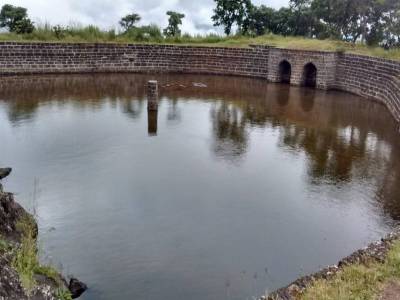
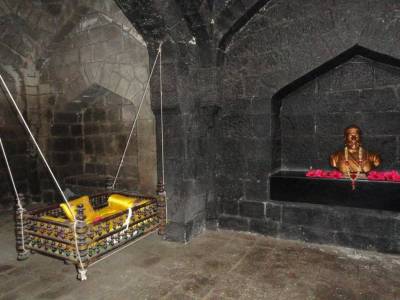

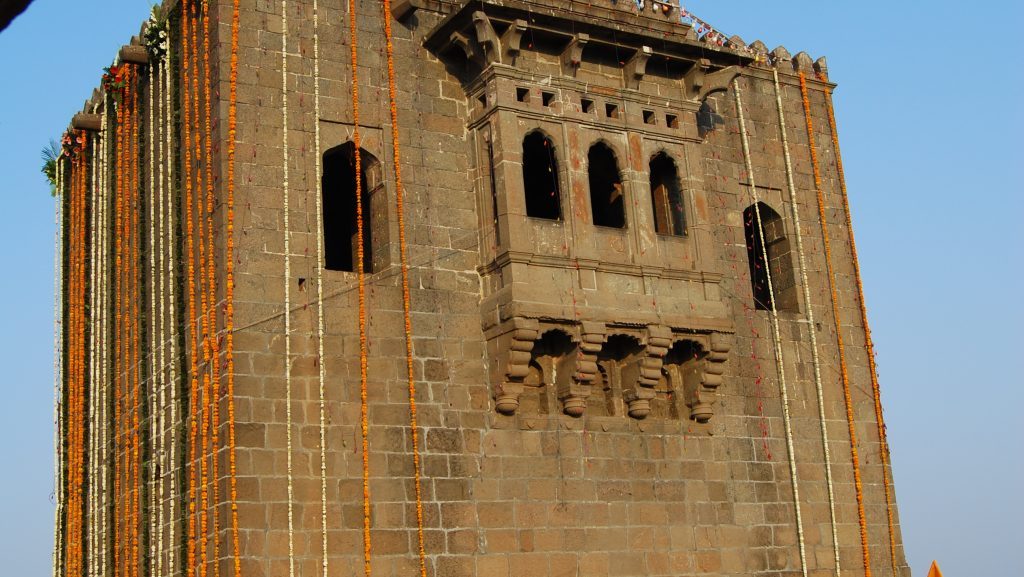
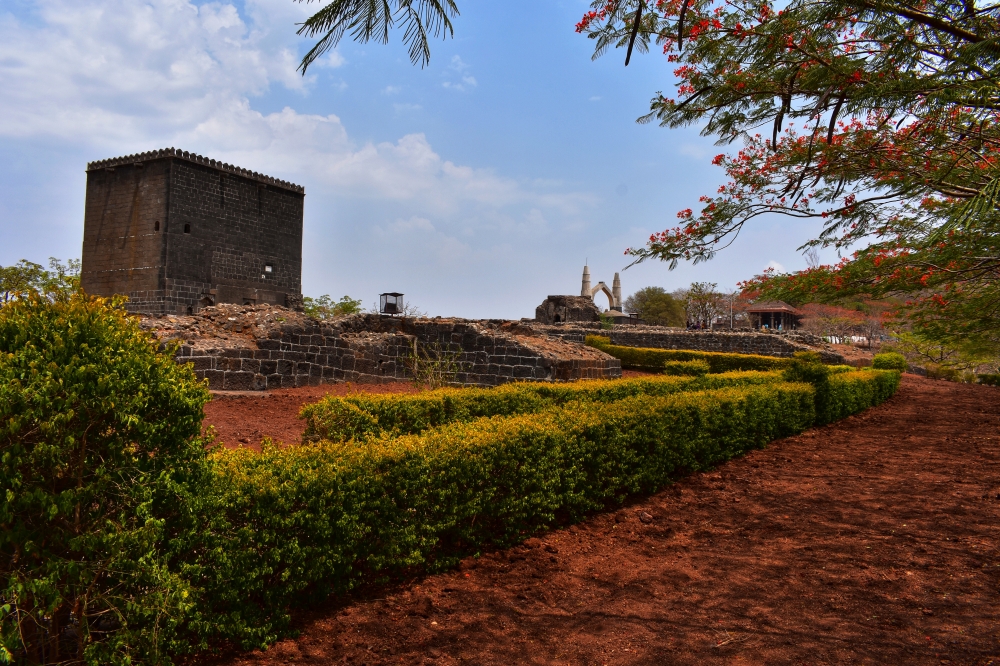

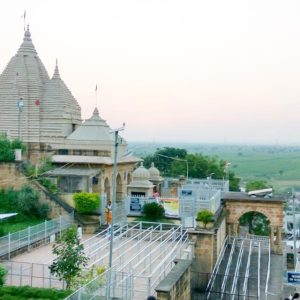
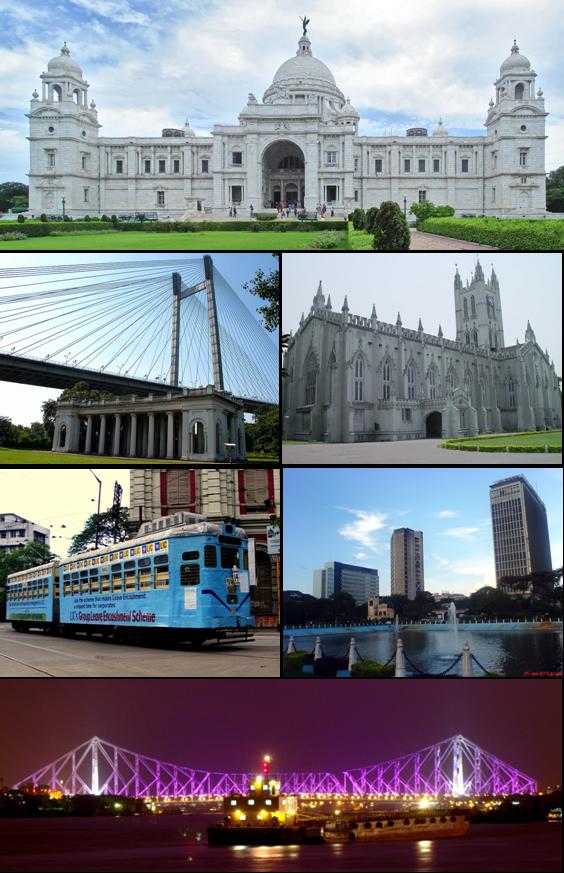
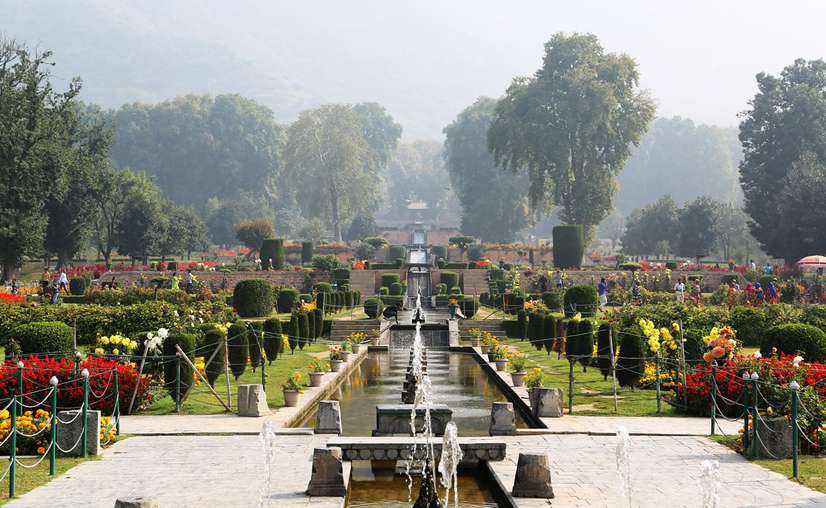

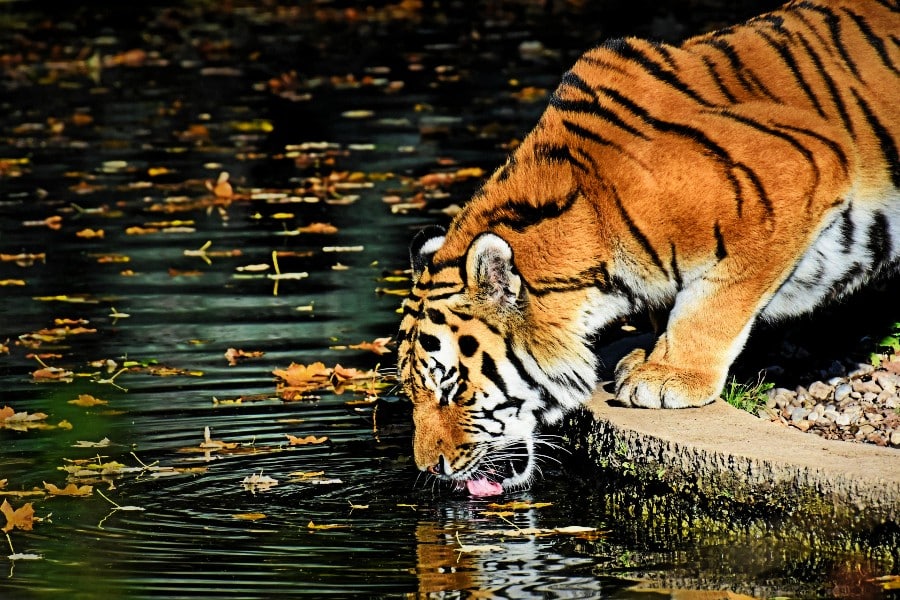

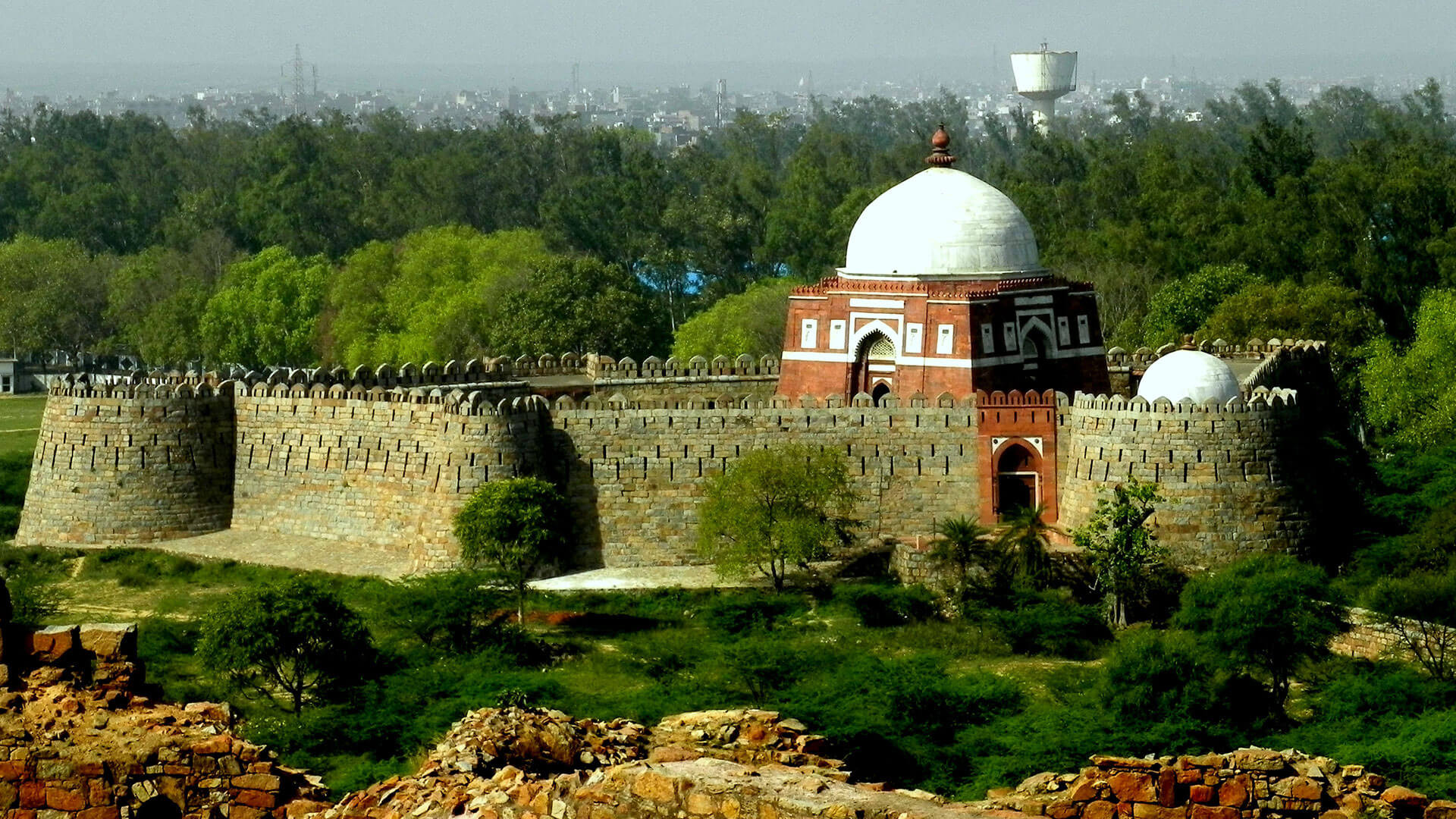
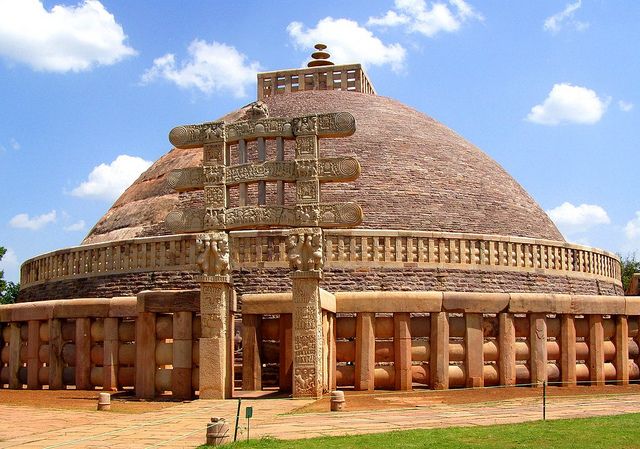
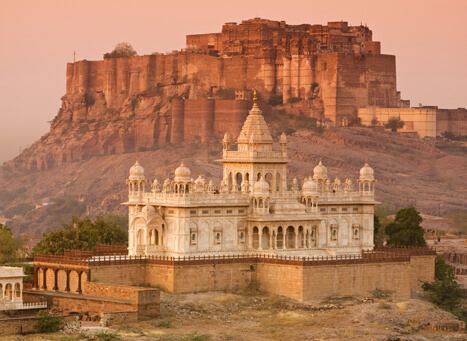
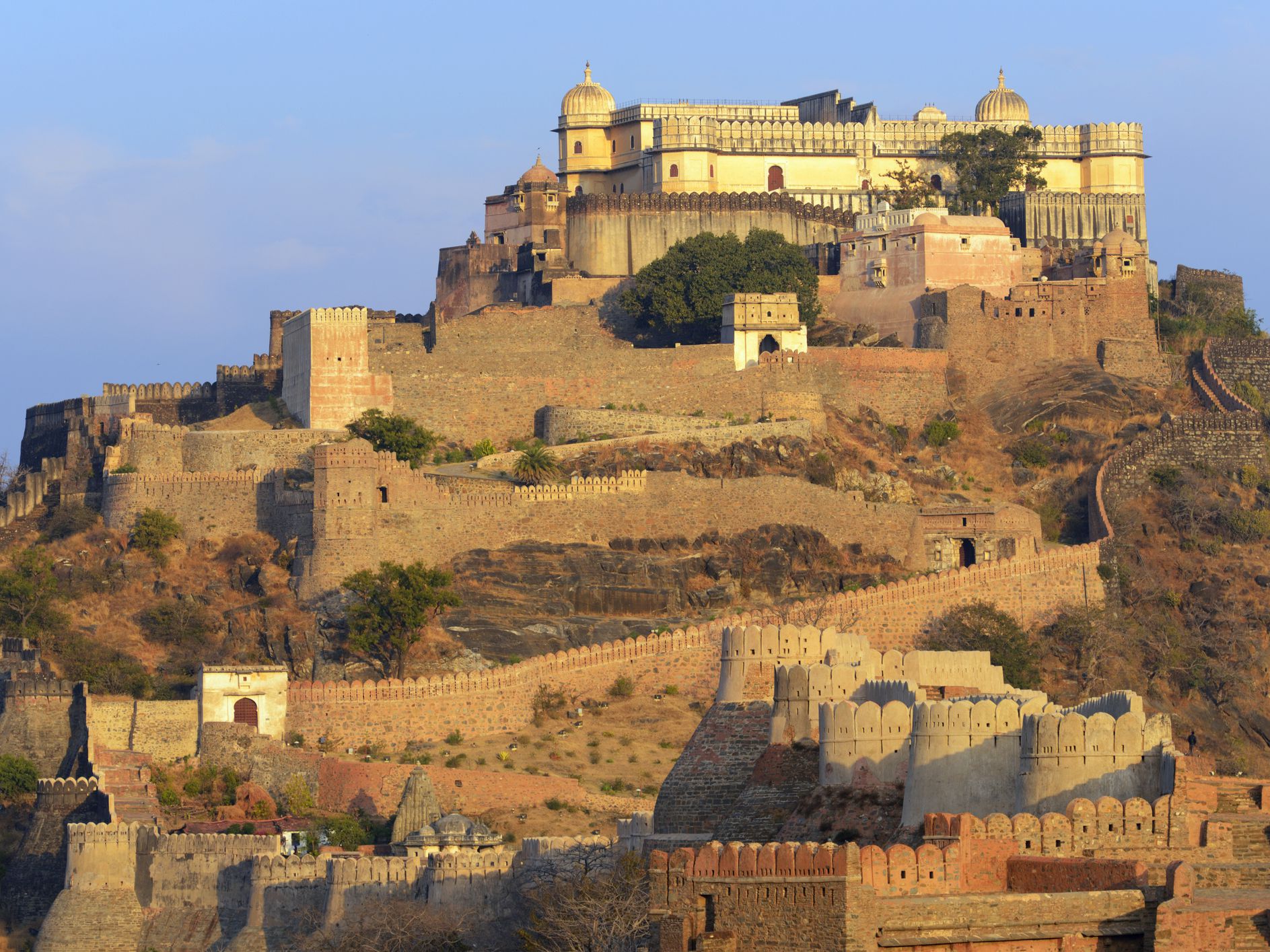

7 Comments
Comments are closed.